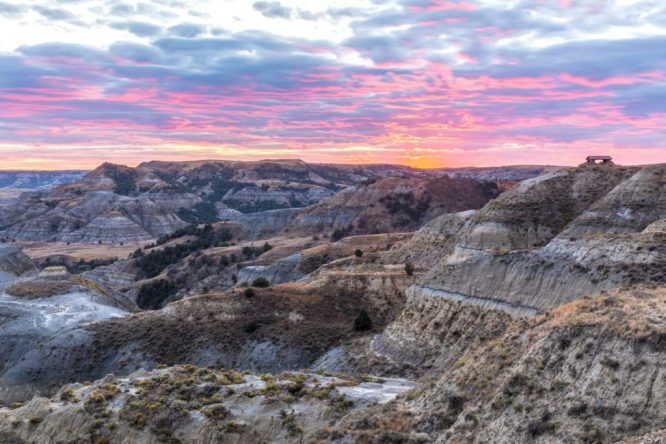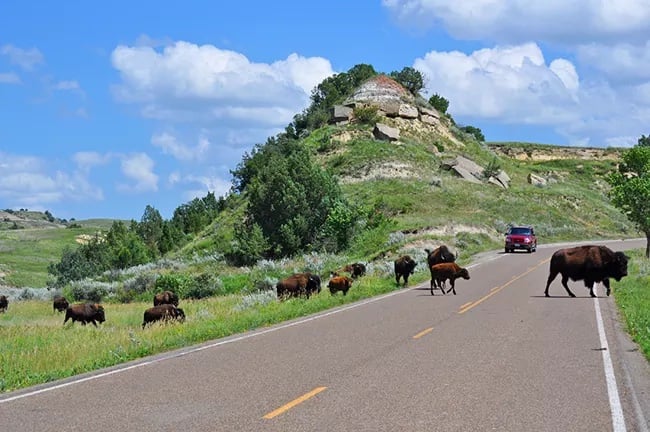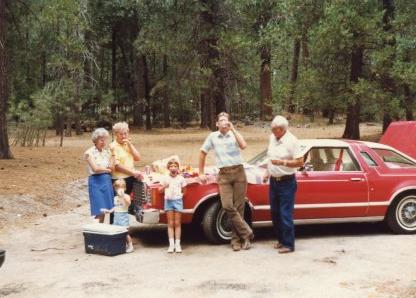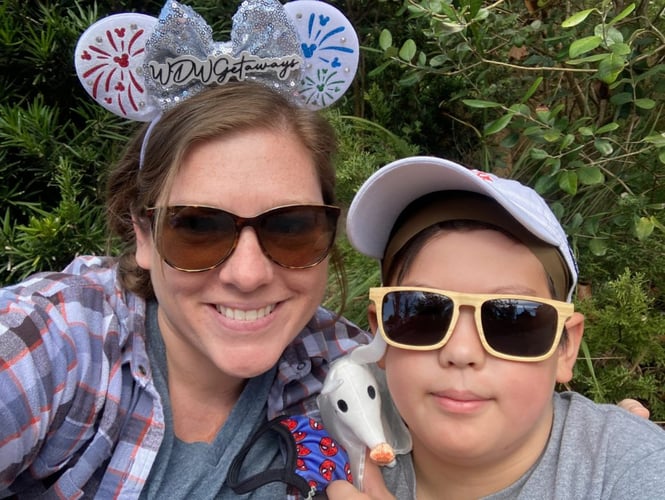Three Underrated National Parks in the Western United States

Photo Credit: NPS
I have loved our National Parks since I was a small child. Some of my core memories from growing up are from road trips to the western parks with my family: Yosemite, Yellowstone, the Badlands, Glacier, and the Grand Canyon. I spent a summer working and living in Yellowstone when I was in my 20s, and we’ve taken our kids to dozens of parks around the United States over the years (and plan to hit more this summer).
One of the most amazing things about our National Parks system is that it is made up of over 400 sites scattered across the country. Only 63 of those are considered National Parks, while the rest are national monuments, national historic sites, national seashores, and so on. Even if we plan a trip having nothing to do with the parks, we will often look to see if there is a site in our destination. To date, I have not yet visited a location that has been disappointing – big or small, famous or obscure. (Zach may choose to disagree when it comes to the William Howard Taft Historic site, however).
If possible, everyone should see the crown jewels of the National Parks system someday. These include Yosemite, Yellowstone, Grand Canyon, Grand Teton, and Glacier. These parks are popular, and for good reason; they contain some of the most spectacular natural beauty our country has to offer. They can also be crowded, relatively expensive, and a challenge to fit into a short vacation.
Since there are so many national parks to choose from, I’ve picked out three parks in the Western United States to highlight. Each gives you the dose of wilderness, landscape and solitude you’re looking for without as many of the crowds.
Canyonlands National Park in Utah


Similar to: Arches, Zion, Bryce
Quite simply, Utah has some of the most stunning natural scenery in the United States. From snow-capped mountains in the north to the high desert of the south, everywhere I’ve been in Utah is spectacular. Even Utah’s license plates showcase one of their natural wonders – Delicate Arch in Arches National Park.
Visitors flock to Zion, Bryce Canyon and Arches National Park, but Canyonlands National Park – just a few miles up the road from Arches – maintains relatively low levels of visitation. According to the National Park Service, Arches National Park saw over 1.8 million visitors in 2021. Despite being almost four times larger, Canyonlands welcomed under 1 million visitors in the same period.
Part of the reason Canyonlands has fewer visitors is that you have to work a little harder to make the trip rewarding. In Arches, many of the more interesting rock features can be seen from the road – inside your air-conditioned car. Although there are scenic drives and overlooks, the best parts of Canyonlands are better experienced on foot, horseback or even a 4WD vehicle.
Canyonlands is made up four distinct sections: Island in the Sky, the Maze, the Needles, and its rivers. Island in the Sky has the scenic drive and provides overlooks into the canyon at the confluence of the Green and Colorado rivers. Venturing beyond Island in the Sky, visitors have hundreds of miles of unpaved roads suitable for 4WD adventures as well as many hiking trails. Due to its remoteness, Canyonlands is one of the best places in the United States for stargazing; in summer, park rangers will give stargazing talks and even bring out the telescopes. You can join a float or raft trip down the river. Finally, Canyonlands provides an opportunity to see some of the best-preserved ancient rock art on the continent at Horseshoe Canyon.
No matter what kind of wilderness adventure you’re seeking, chances are you’ll find it in Canyonlands – without the crowds.
Theodore Roosevelt National Park in North Dakota

Similar to: Yellowstone National Park, Badlands National Park
Theodore Roosevelt, the 26th President of the United States and son of a wealthy family from New York, spent several months living in North Dakota in his early adulthood. His reason for going to “the West” was to kill a bison, but he fell in love with the landscape and the wildness of the area. He invested in land in the area, and over the course of his life would make several trips to the badlands of the Dakota territory. In his later years, he credited his time in North Dakoka as being formative, writing: “I have always said I would not have been President had it not been for my experience in North Dakota. It was here that the romance of my life began.”
In 1947, President Truman signed the bill that created Theodore Roosevelt National Park on the site of Roosevelt’s original ranchlands.
The park today retains much of the wildness that captured Roosevelt’s heart. There is no lodging or food service in the park itself, and only primitive camping. Visitors to the area who do not want to camp typically stay in one of the nearby communities (Medora or Dickinson, ND). But the remoteness of the park pays off in other ways: bison roam the grounds, canoes float down the winding Little Missouri River, and the stargazing here is also spectacular. For those who like to lace up their hiking boots, miles of trail wind through the badlands. Teddy Roosevelt National Park is only 1/3 the size of Yellowstone, but it receives only 1/6 the number of visitors annually. Chances of solitude and wildness are high.
Black Canyon of the Gunnison National Park in Colorado

Similar to: Grand Canyon (although much smaller), Zion National Park
Black Canyon of the Gunnison is one of the newer parks in the National Park system; it was designated as a national park in October of 1999 after several years as a National Monument. Like at the Grand Canyon, the park road hugs the rim. However, you can hike down to the river if you wish. There is also a steep grade unpaved road if you really want to live on the edge!
Three developed campgrounds are in the park, two up on the rim and one down in the canyon itself. Additionally, rock climbing is popular in the park, including a rock scramble in the inner canyon. The trout fishing is some of Colorado’s best.
Clocking in at around 30,000 acres, the Black Canyon is one of the smaller National Parks – particularly in the western half of the United States. Its remote location in Western Colorado limits its visitors, however; in 2021, fewer than 400,000 people made a visit – compared to over 2.8 million during the same period in Yellowstone. It would not be difficult to leave the crowds behind here.
No matter where your travels take you, there is likely a unit of the National Parks Service nearby. You can find your very own wilderness experience without all the crowds.
Ready to plan a wilderness trip with your family? I can help!
Related
What I Did Over the Summer, 2022 VersionSimilar post
A Love Letter to our National ParksIn "Family Travel"
Top Tips for RV VacationsIn "Family Travel"



